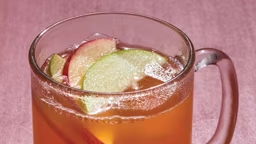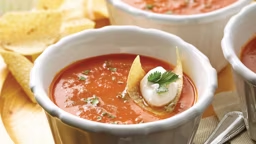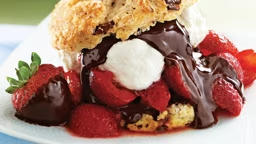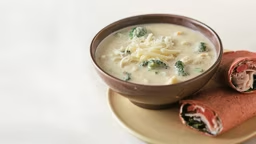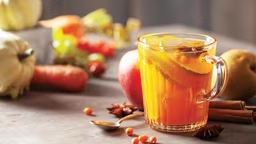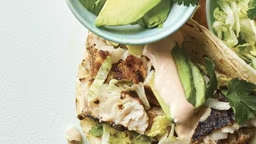What you Need:
1.The night before you plan to grill, rub the prime rib all over with the salt, pepper and dry mustard. Leave on a platter, uncovered, in the refrigerator overnight. (Drying the surface will help crisp the skin on the finished roast.The less moisture on the outside means the less spattering while roasting.The salt will help draw some of the moisture from the surface fat and you want that moisture to be able to evaporate.)
2. For charcoal grill: Light 30-40 briquettes – about 2 chimney-starters full – directly in the grill. Let them burn until very hot, with every coal burning and covered in gray ash. Bank the burning coals to either side and put a drip pan right down in the middle. Add an inch of water to the drip pan, and set the roast, uncovered, right on the grill rack over the drip pan.
For gas grill: Turn both burners on high and heat the grill for 20 minutes.Turn off one side, and set a drip pan down over the lava rocks on that side and add an inch of water to the drip pan. Place the roast on the rack above the drip pan.
To Cook:
3.Cover the grill and roast undisturbed for about an hour.Uncover and top up the drip pan with water and check the interior temperature to see where you are. Continue to cook for another hour, checking occasionally and adding water to the drip pan as needed.The temperature should be approaching 100° F at the end of the second hour.
4. At two hours, begin to check the temperature frequently. It can leap from 100° F to an ideal 125° F in minutes at this stage. When your ideal temperature has been reached, remove the roast to a platter and let it sit, uncovered, for 15-20 minutes before carving. Remember that the temperature will increase another 5-10° F while it rests.
Temperature chart for prime rib:
rare, 120-125° F
medium, 125-135° F
well-done 135-145° F
Note: Don’t go above 145° F or the meat will be like shoe leather.My personal choice is 125° F. Just keep in mind the meat keeps cooking when it comes off the grill.
Since beginning this column in 2001, David Bowers has brought new meaning to the term “Grill Master.” He is author of “Dad’s Own Housekeeping Book” (Workman Publishing).
- 1 10-pound prime rib, on the bone
- 1/4 cup kosher salt
- 1 generous tablespoon ground black pepper
- 1 generous tablespoon dry mustard
1.The night before you plan to grill, rub the prime rib all over with the salt, pepper and dry mustard. Leave on a platter, uncovered, in the refrigerator overnight. (Drying the surface will help crisp the skin on the finished roast.The less moisture on the outside means the less spattering while roasting.The salt will help draw some of the moisture from the surface fat and you want that moisture to be able to evaporate.)
2. For charcoal grill: Light 30-40 briquettes – about 2 chimney-starters full – directly in the grill. Let them burn until very hot, with every coal burning and covered in gray ash. Bank the burning coals to either side and put a drip pan right down in the middle. Add an inch of water to the drip pan, and set the roast, uncovered, right on the grill rack over the drip pan.
For gas grill: Turn both burners on high and heat the grill for 20 minutes.Turn off one side, and set a drip pan down over the lava rocks on that side and add an inch of water to the drip pan. Place the roast on the rack above the drip pan.
To Cook:
3.Cover the grill and roast undisturbed for about an hour.Uncover and top up the drip pan with water and check the interior temperature to see where you are. Continue to cook for another hour, checking occasionally and adding water to the drip pan as needed.The temperature should be approaching 100° F at the end of the second hour.
4. At two hours, begin to check the temperature frequently. It can leap from 100° F to an ideal 125° F in minutes at this stage. When your ideal temperature has been reached, remove the roast to a platter and let it sit, uncovered, for 15-20 minutes before carving. Remember that the temperature will increase another 5-10° F while it rests.
Temperature chart for prime rib:
rare, 120-125° F
medium, 125-135° F
well-done 135-145° F
Note: Don’t go above 145° F or the meat will be like shoe leather.My personal choice is 125° F. Just keep in mind the meat keeps cooking when it comes off the grill.
Since beginning this column in 2001, David Bowers has brought new meaning to the term “Grill Master.” He is author of “Dad’s Own Housekeeping Book” (Workman Publishing).



